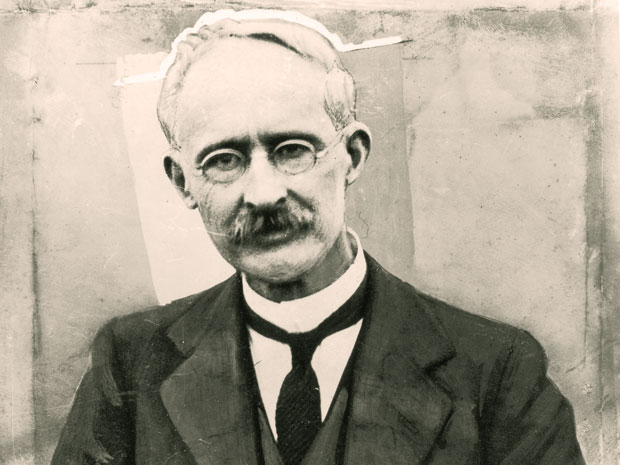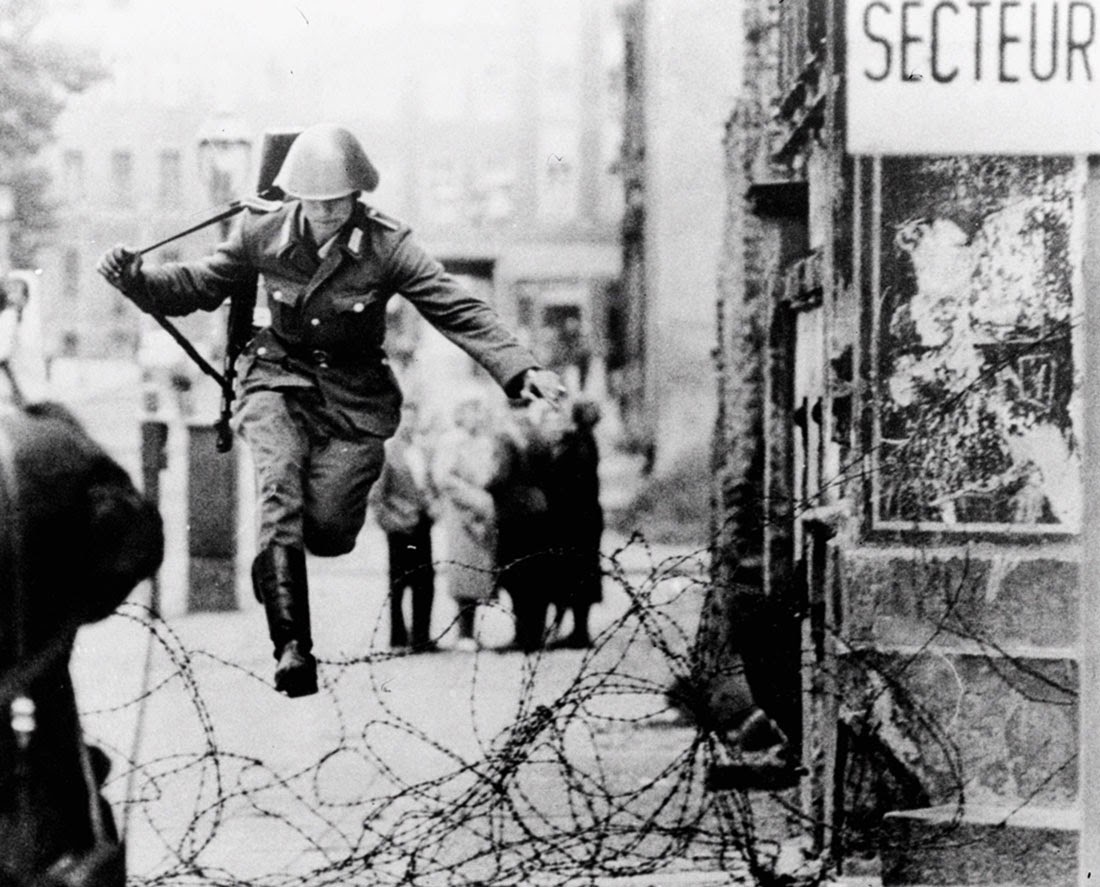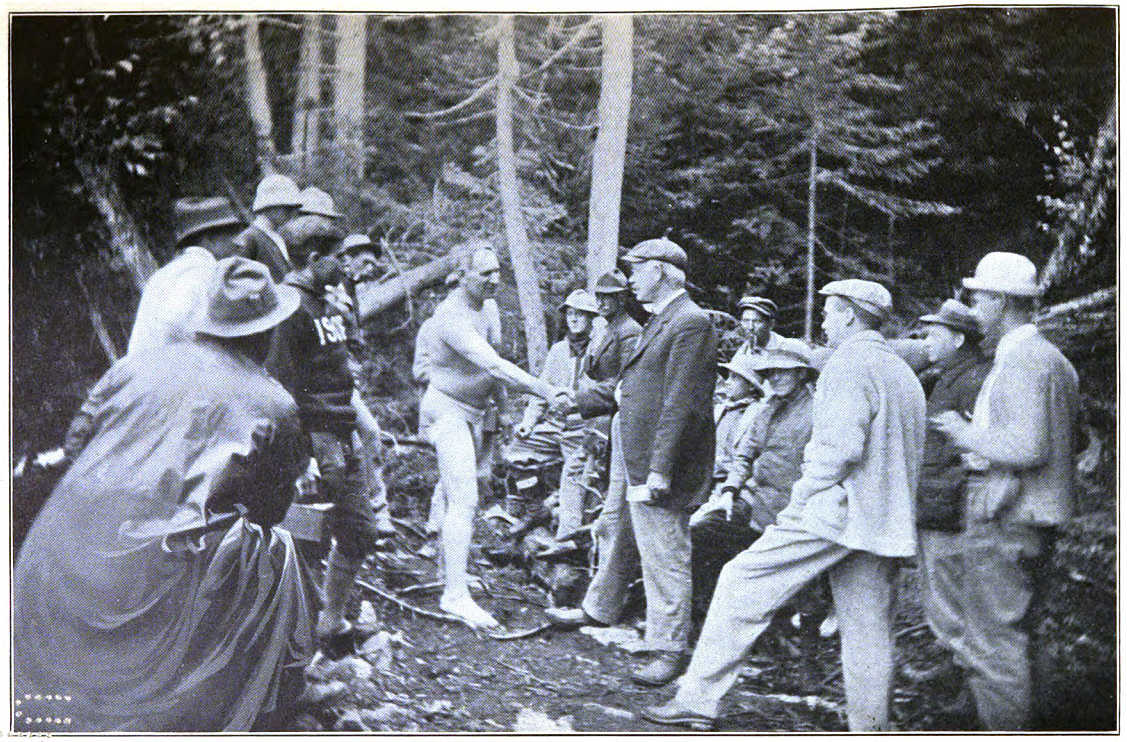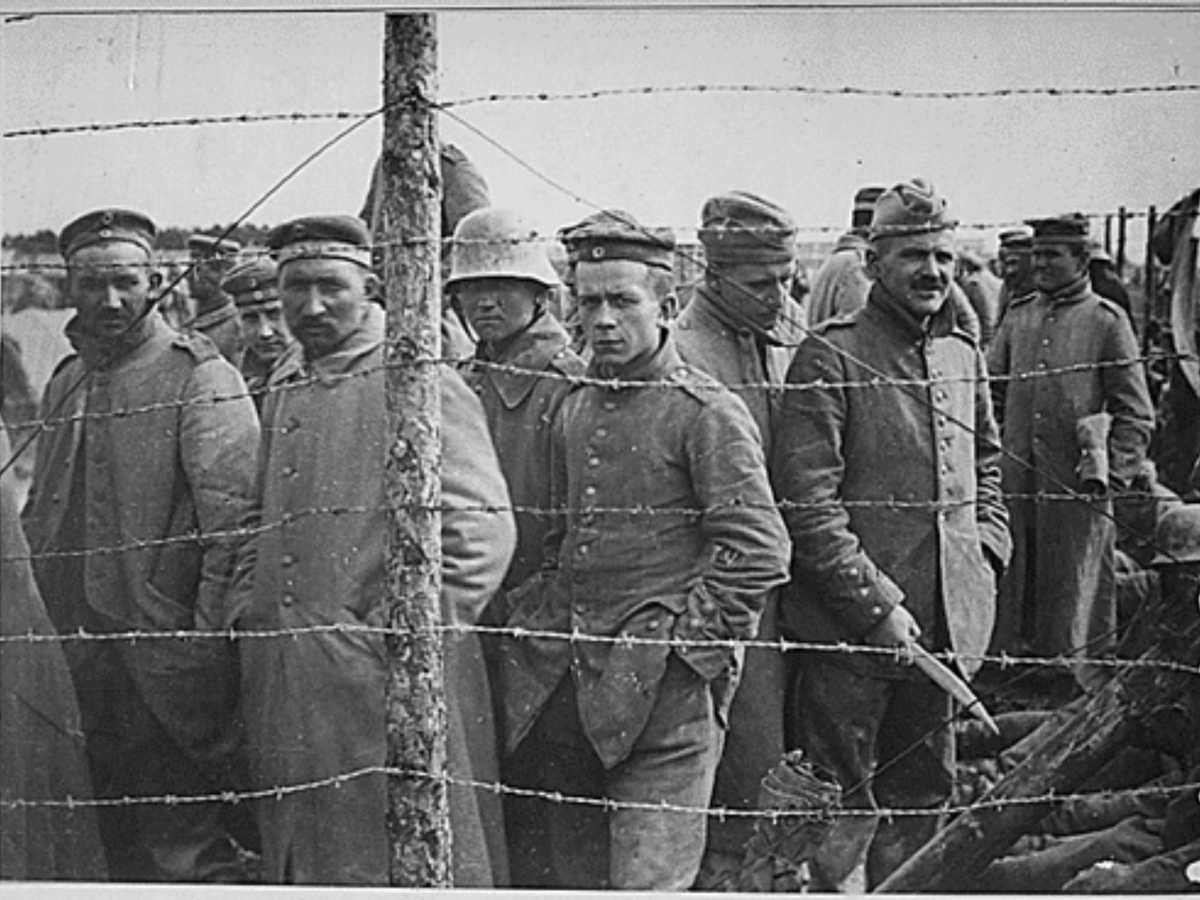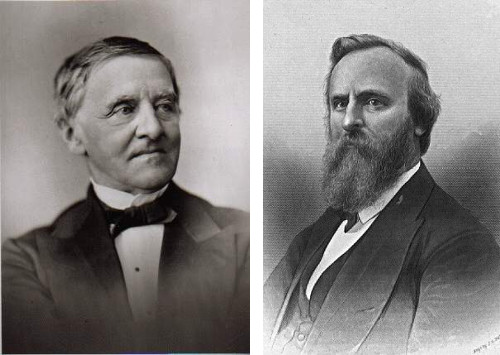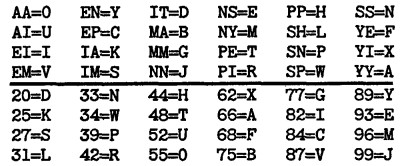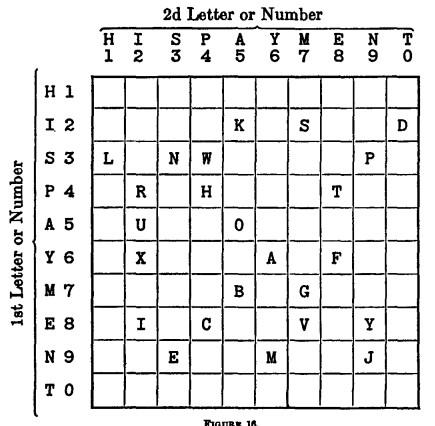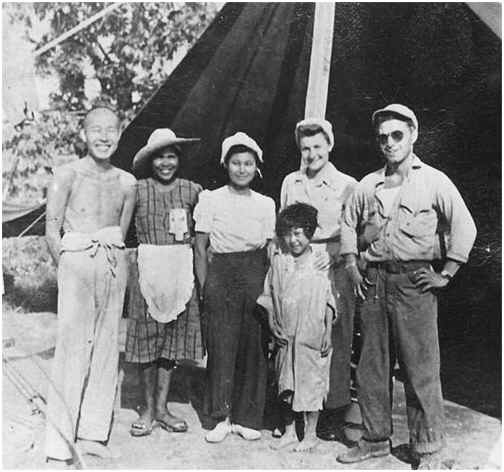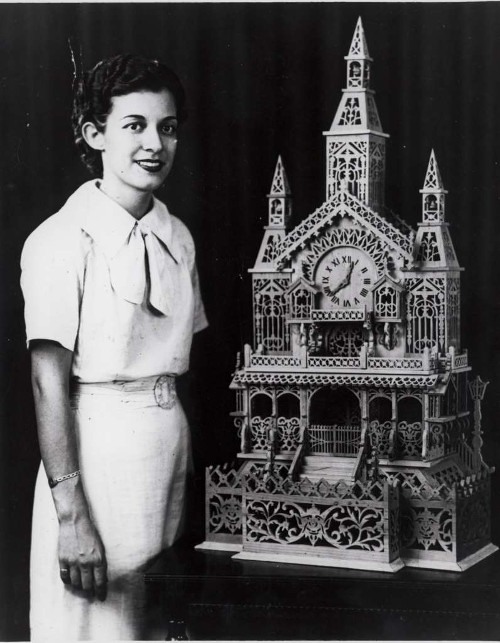When Alexander Graham Bell died in 1922, it was thought that no recordings of his voice had survived. But in 2013 the Smithsonian Institution’s National Museum of American History announced that it had a fragile wax-on-cardboard disc that Bell had made as an experiment in sound recording … and that now this could be played using optical scanning technology.
The disc is dated April 15, 1885. Bell spends most of the 4-minute recording reciting figures, but he concludes with the distinct words “Hear my voice: … Alexander … Graham … Bell.” Bell biographer Charlotte Gray wrote:
In that ringing declaration, I heard the clear diction of a man whose father, Alexander Melville Bell, had been a renowned elocution teacher (and perhaps the model for the imperious Prof. Henry Higgins, in George Bernard Shaw’s Pygmalion; Shaw acknowledged Bell in his preface to the play).
I heard, too, the deliberate enunciation of a devoted husband whose deaf wife, Mabel, was dependent on lip reading. And true to his granddaughter’s word, the intonation of the British Isles was unmistakable in Bell’s speech. The voice is vigorous and forthright — as was the inventor, at last speaking to us across the years.
Amazingly, scientists resurrected the voice of Bell’s father too — a man who had been born in 1819.


